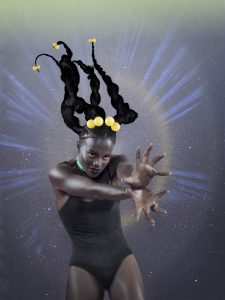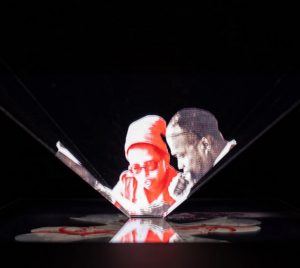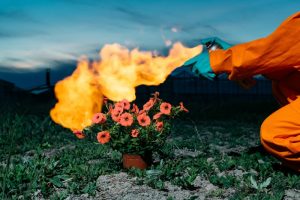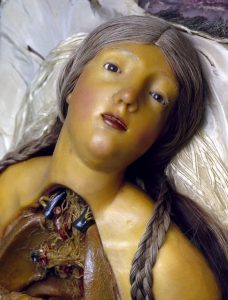Last month, i attended an evening of ethical debates and artistic comments related to ancestry DNA testing, a commercial service offered by competing private companies to individuals who are eager to know more about their ethnic roots or who are searching for distant relatives.
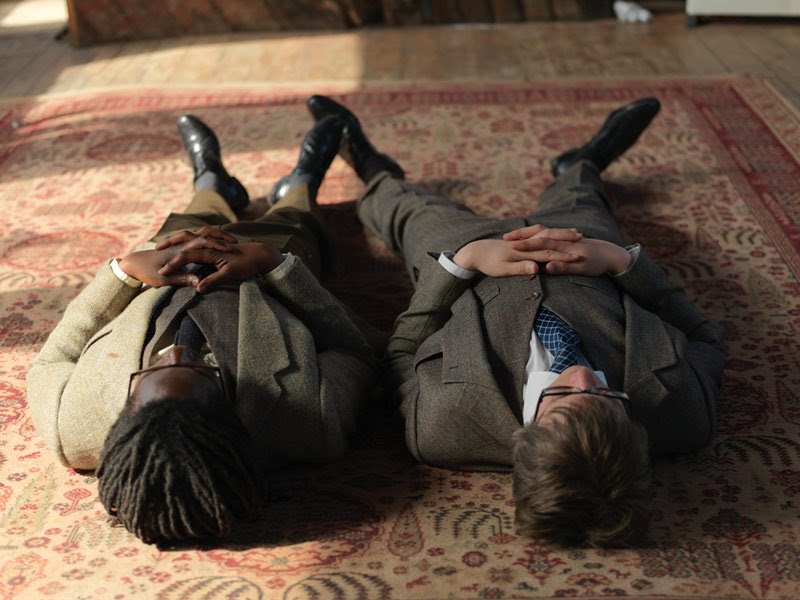
A Larry Achiampong & David Blandy, Finding Fanon, 2015
The evening, titled Trust Me I’m An Artist – DNA Ancestry Testing with Larry Achiampong and David Blandy, took place at The Arts Catalyst‘s new and cozy location near Kings Cross. This was the last public event of Trust Me I’m an Artist, a project set up by partners across Europe to investigate how artists and cultural institutions can creatively and ethically engage with biotechnology and biomedicine. The format of the event is as follows: the artist (or artists) present(s) their project, a specially convened ethics committee deliberate upon its feasibility and value, a conversation between artists, committee and audience ensues.
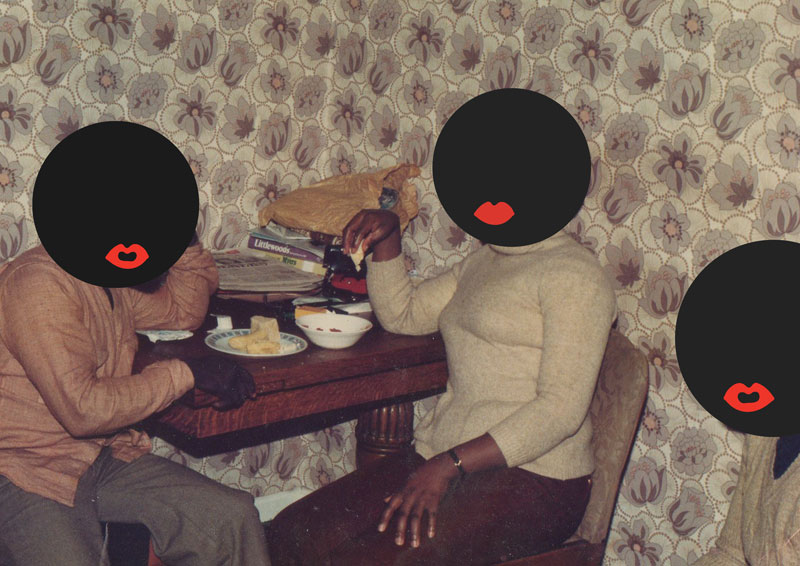
Larry Achiampong, Glyth, 2013 – 14
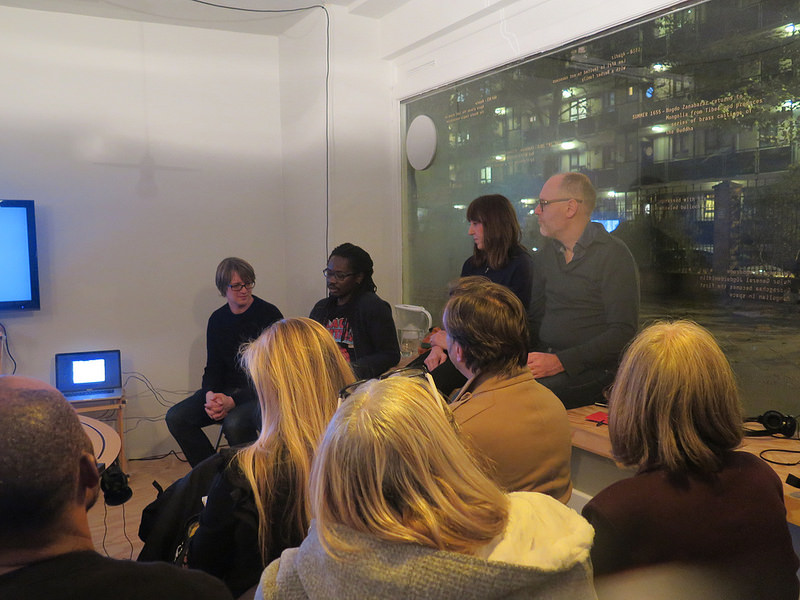
An embarrassingly bad photo i took during the evening Trust Me, I’m an Artist: DNA Ancestry Testing with Larry Achiampong and David Blandy at The Arts Catalyst. From Left to right: David Blandy, Larry Achiampong, Nicola Triscott from the Arts Catalyst and Lucas Evers from Waag Society
The artists presenting their project that night were Larry Achiampong and David Blandy. The last time i had seen Blandy’s work it was all about manga and personal identity. As for Achiampong, i only knew about the magnificent pan-Africa flag he had raised last year over Somerset House. It turns out that the two artists have been collaborating for a couple of years, using game and fiction to explore issues such as racism, capitalism, immigration, veteran incarceration, etc.
What brings them together, apart from creativity and a certain taste for topical concerns, is that they are both interested in breaking down their personal histories.
And that’s exactly what the project they presented at The Arts Catalyst promises to do: unravel their genetic roots and see how DNA analysis fits into the story their respective families have told them about their ancestry.
Because the project is still in its infancy, it’s difficult to evaluate its artistic merits and ethical challenges but the theme the artists decided to explore brings to the fore all sorts of reflections and debates related to race, relationships, identity and privacy.
Each artist took a series of three ancestry DNA tests. They compared the results and discussed whether or not the tests had any significant bearing on their own sense of identity, on their present and future. They wondered if the tests could be used for exercises in forensic anthropology: would the results be enough to be able to build virtual versions of themselves?
The kits, once they had been processed, give you a (more or less) detailed view of your ethnicity, breaking it down into regions and sub-regions. Some of the tests come up with a Neanderthal Ancestry report that informs about how much of your ancestry can be traced back to our long extinct relative. Finally, the data can also be used to discover distant relatives who have used the same service. In fact, if you’re interested in filling in the gaps in your ancestry history, it can be quite enlightening to meet genetic relatives and exchange stories with them.
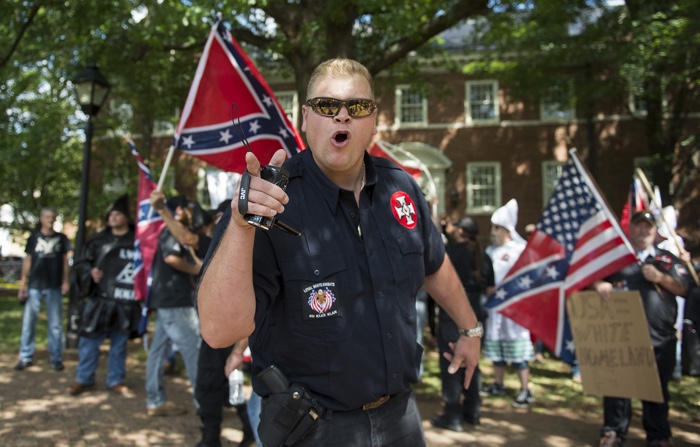
Photo: AFP/Getty Images, via
These DNA kits are big business. Back in December, they were popular Christmas presents. In the U.S., for example, African American buy the kits to get a better idea of their roots. White supremacists do the same tests but with the objective of demonstrating that they are as ‘pure’ as can be. Which sometimes results in denial and disappointment.
During the evening, Achiampong and Blandy presented the result of the tests to the audience and to the ethics committee chaired by expert in medical ethics Professor Bobbie Farsides, with curator Annie Kwan, researcher Debbie Kennett, and artist Trevor Mathison of Dubmorphology.
It turned out that while Blandy’s origins can be traced back fairly precisely to several regions and sub-regions of the UK as well as to a couple of European areas, Achiampong, whose genes are 98.5% African, received a very rudimentary overview of the geographical origins of his family.
I found that information fascinating. This difference in the quality and quantity of the results seems to point to a lack of a good genetic database in Africa.
Does this mean that, once again, caucasian individuals are privileged compared to other races? Or, as someone in the audience judiciously observed, does it mean that people in Africa are just more cautious when it comes to giving away DNA samples? One of the reasons why Africans might be more suspicious than we are about the motivations of tech companies is that they probably remember a not so distanced past when they’ve been profiled, analyzed, measured and dehumanized in the process. They are wise to be careful and to call for what philosopher and poet Édouard Glissant called “the right to opacity.”
We clamor for the right to opacity for everyone.
—Édouard Glissant
There is however a downside to this prudence: a richer DNA collection would make it easier to study and fight tropical diseases.
Many interesting questions were raised during the evening: Should we be wary of for-profit organization with no interest in the impact that the test results might have on individuals, families or communities? Could you launch a similar service based on ethical and political values instead of having money as your only incentive? How do you protect people? How do you manage their expectations and possible disappointment? Could the data be hacked into and leaked? What would the consequences be? Can genetic data be used to revoke the right of an individual to reside in a territory?
But the most interesting (to me) ideas that emerged during the discussions were the following ones:
– These DNA tests highlight the differences in our DNA. Yet, we are all related to each other: 99.5% of human DNA is identical…
– despite this common DNA, our experiences are radically different depending on our racial origins: being (for example) black is not just about genetics, it’s political. In fact, our identities are fluid and socially constructed by sex, social background, education, etc.
– Some people think that DNA tests pose a threat to privacy. Yet, they contain far less information about who we are and what we do than our supermarket loyalty card, our internet search history or Facebook activity.
Mission//Misplaced Memory (Gary Stewart, Trevor Mathison, Zaynab Bunsie), Dreamed Native Ancestry [DNA], 2017
The whole conversation was audio recorded (i believe there will also be a video soon.)
The DNA ancestry evening was part of Dreamed Native Ancestry (DNA) by Mission//Misplaced Memory (Gary Stewart, Trevor Mathison, Zaynab Bunsie.) Thi installation and participatory project celebrates migrations, hybridity and diversity.

